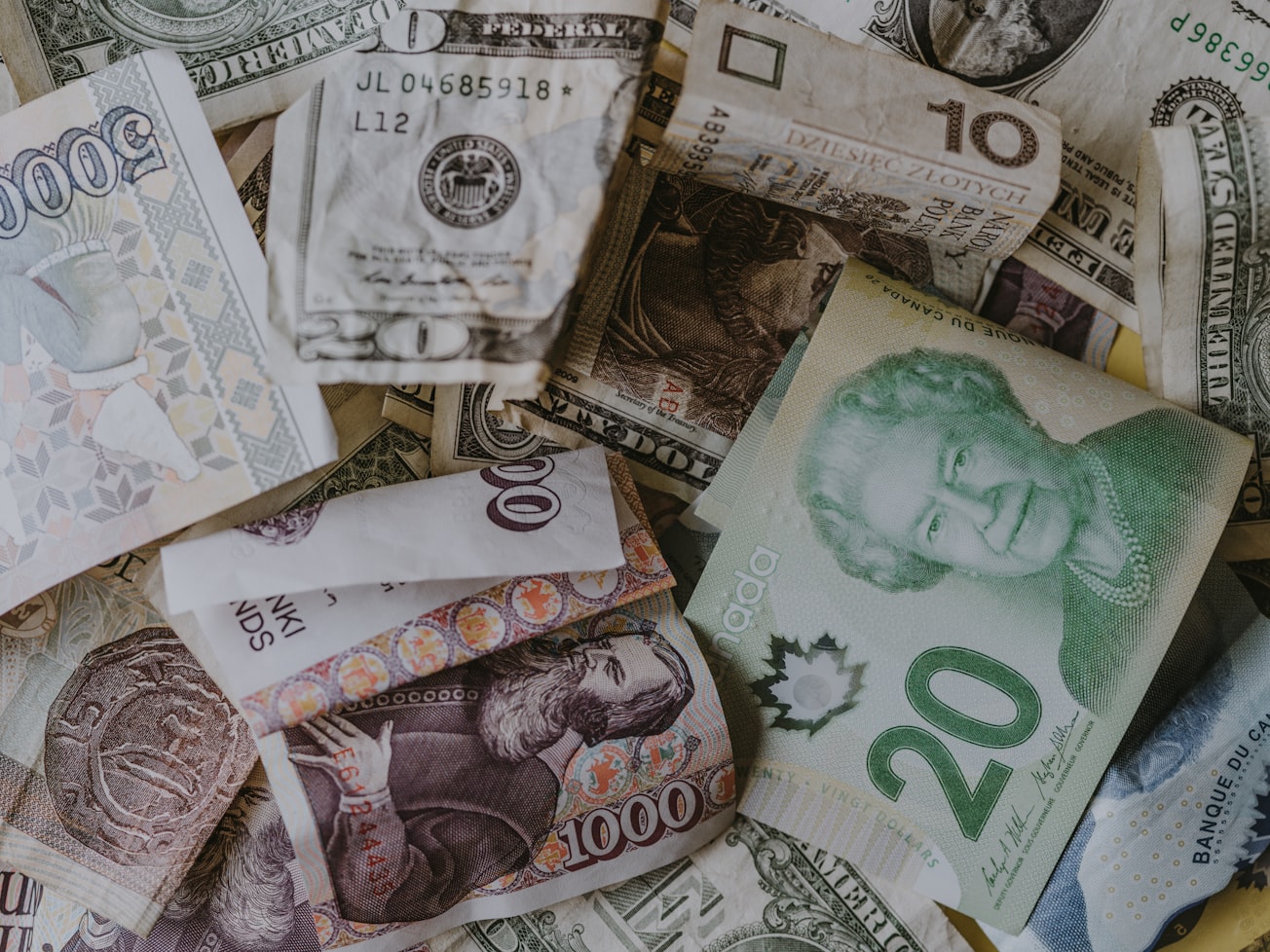Исламский финансовый сектор устойчив на фоне предстоящих трудностей: S&P
Сильные показатели банковского сектора и индустрии сукук привели к росту мировой исламской финансовой индустрии на 10,6% в 2024 году, а общий объем сукук в обращении впервые превысил 1 триллион долларов США, согласно данным S&P Global Ratings.
В 2025 году на фоне возросшей неопределенности мы ожидаем продолжения положительного роста в отрасли, но нормативно-правовая база рынка сукук все еще развивается с возможным принятием стандарта шариата 62, говорится в опубликованном отчете ведущего рейтингового агентства.
«Мы ожидаем, что в 2025 году устойчивая эмиссия составит 10–12 миллиардов долларов США, и по-прежнему считаем, что это может способствовать будущему росту, хотя краткосрочные показатели могут оказаться ниже наших первоначальных ожиданий», — добавило оно.
По данным S&P Global Ratings, исламская финансовая индустрия пережила быстрый рост активов в 2024 году, в основном за счет роста банковских активов и сукук из-за более высоких эмиссий в иностранной валюте.
S&P Global Ratings ожидает, что этот рост продолжится в 2025 году, если не произойдет каких-либо существенных макроэкономических или внутренних сбоев.
«Мы недавно пересмотрели наше предположение о цене на нефть до 65 долларов за баррель на оставшуюся часть 2025 года и 70 долларов за баррель с 2026 года. Это, вероятно, продолжит поддерживать некоторый рост в большинстве основных исламских
экономик», — заявил эксперт по рейтингам в своем отчете.
В то же время потребности в финансировании, обусловленные программами экономической трансформации, останутся высокими, и неотъемлемое предпочтение исламскому финансированию сохранится. В результате, несмотря на растущую неопределенность, мы ожидаем, что исламская финансовая индустрия будет расти в 2025 году.
Однако дальнейшее снижение цен на нефть может снизить перспективы роста основных исламских финансовых
экономик и рынков, заявил он.
Исламские банковские активы обеспечили 60% роста отрасли в 2024 году по сравнению с 54% в 2023 году.
81% этого роста пришлось на страны ССЗ, причем на Саудовскую Аравию пришлось две трети, заявил эксперт.
Эти высокие показатели являются результатом возможностей, созданных программой правительства Саудовской Аравии Vision 2030, и глубокой интеграции исламской банковской индустрии в Саудовской Аравии, которая составляла около трех четвертей активов банковской системы на конец 2024 года.
Бахрейн также пережил значительный рост исламской финансовой индустрии, в частности, из-за перехода Ahli United Bank (BBB+/Стабильный/—) с традиционного на исламский банкинг. ОАЭ также внесли свой вклад в этот рост благодаря сильным показателям ненефтяной экономики.
В других местах мы наблюдали некоторый рост в других странах, особенно в Малайзии и Турции.
Vision 2030 Саудовской Аравии продолжит трансформироваться в значительный рост банковской системы, при условии привлечения достаточных источников рефинансирования, включая выпуски сукук на международном рынке капитала.
В ОАЭ показатели ненефтяной экономики, а также потребности в капитальных расходах в различных секторах будут и дальше поддерживать потребности в финансировании и выпуски сукук в 2025 году, при условии, что текущая волатильность рынка не окажет существенного влияния, заявил эксперт.
В других странах ССЗ мы ожидаем продолжения роста благодаря реформам в Омане, Бахрейне и Кувейте, а также ожидаемому увеличению добычи газа в Катаре, добавил он.





